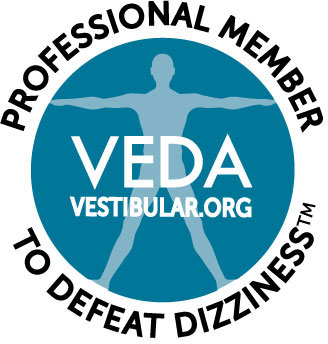Did you know that more than half of your brainpower is devoted to processing your sense of sight? Vision plays an enormous role in a child’s learning process starting from infancy. Think about it—a baby may not understand spoken language, but he very quickly learns to identify the faces of his parents and begins to understand body language. This is part of the reason why babies can understand sign language long before they’re able to speak. It’s also why children with undiagnosed vision problems are at a significant disadvantage in school.

While vision problems like refractive errors (e.g., nearsightedness and farsightedness) are relatively easy to catch, others, like binocular vision dysfunction (BVD), are more challenging. In today’s post, we examine the role of vision in learning and explain why an undiagnosed vision problem can be so detrimental to a child’s educational and social development.
Vision and Learning
80% of a child’s learning happens through the eyes, according to the American Optometric Association. From reading and writing to chalkboard work and computers, the ability to see clearly and accurately is critical to a child’s development, both in and out of the classroom.
Children who have a refractive error like myopia (nearsightedness) or hyperopia (farsightedness) will often complain that they’re having trouble seeing up close or far away, which will lead to an eye exam and corrective eyewear that solves the problem. But, although these are among the most common vision problems, they are not the only ones. Your sense of sight is not just contingent on your ability to see objects clearly—it also depends on your eyes’ ability to coordinate with each other and with your brain (i.e., your binocular vision).
“It’s very important to understand the difference between vision and eyesight,” says Wendy Rosen, author of The Hidden Link Between Vision and Learning: Why Millions of Learning Disabled Children Are Misdiagnosed. “Very often when we talk about vision, we are thinking of some 20/20 reading, and that 20/20 reading is only a very small percentage of a person’s visual story…With normal binocular vision, your eyes come together, focus on one place, and send one picture to the brain—but the eyes are not able to do that when they’re not able to coordinate as a team. They’re actually looking at two different places and sending two different images to the brain.”
The Difficulty of Diagnosing Binocular Vision Dysfunction
A child with BVD will experience symptoms that may seem more typical of a behavioral problem than a vision problem. In fact, 15 of the 18 symptoms associated with attention-deficit/hyperactivity disorder (ADHD) are also present with BVD, and only a few symptoms of BVD, such as headaches and dizziness, are not associated with ADHD.
“We often don’t understand how the world looks to a child,” Rosen explains. “We can hear when a child has a speech problem, we can pick up on a child that may have an auditory problem, but a child with a vision problem? We don’t really know what’s going on because we are not seeing the world through their eyes.”
Contact Us
To learn more about BVD or to schedule an appointment, call the Neuro Visual Center of New York today at (516) 224-4888. We look forward to helping you!





